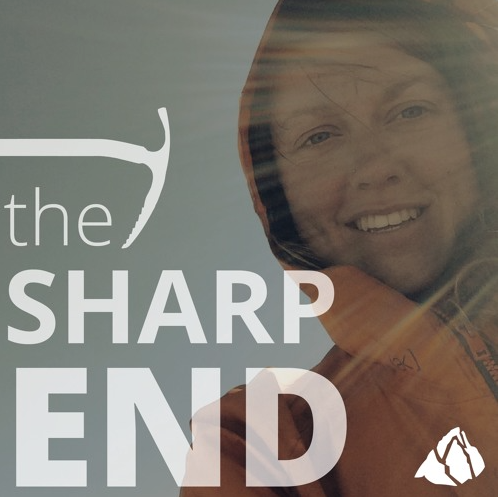Falling Ice — Fatality
Alaska, Denali West Face of Reality Ridge
 On May 13, Denali mountaineering rangers received an SOS message from a Garmin inReach satellite device. At 6:01 a.m., rangers began two-way communications with a climbing party comprised of Climber 1 (male, 31) and Climber 2 (male, 32). These climbers had been approaching the base of a climb on the west face of Reality Ridge on Denali when a large icefall released above them.
On May 13, Denali mountaineering rangers received an SOS message from a Garmin inReach satellite device. At 6:01 a.m., rangers began two-way communications with a climbing party comprised of Climber 1 (male, 31) and Climber 2 (male, 32). These climbers had been approaching the base of a climb on the west face of Reality Ridge on Denali when a large icefall released above them.
The reporting party (Climber 1) stated that he had sustained a head injury and that his climbing partner (Climber 2) had been killed after being hit by the falling ice and the subsequent avalanche. An initial helicopter response team of two rangers arrived on scene at 8:17 a.m.
Climber 1 was located from the air, and the team was able to land at his location. The patient was loaded into the helicopter and further assessed for injuries. Due to both direct observation of the deceased climber from the air and overhead serac hazard on scene, the decision was made to first transport the head injury patient to an awaiting medical helicopter and then return for a recovery operation. The helicopter arrived in Talkeetna at 9:01 a.m. Climber 1 was treated for multiple traumatic injuries and flown to definitive care in Anchorage via medical helicopter.
Inclement weather prevented further recovery efforts for the remainder of May 13. On May 14, a team of two rangers departed in the helicopter for a recovery attempt. Due to the serac hazard on scene, a helicopter short-haul was selected as the preferred method, in order to expose the least number of personnel to potential hazards for the least amount of time. This team completed the extrication from avalanche debris and a short-haul recovery by 11:30 a.m.
ANALYSIS
All climbers confront both subjective and objective hazards each time they rope up. Climbers can mitigate as many of these factors as possible and yet still be vulnerable to hazards that are outside of their control. This team was moving efficiently through the terrain during early morning hours, when rock, snow, and ice generally is predicted to be the most stable (i.e., frozen). Good planning and open communication were reported by this team. They were unfortunately in the wrong place at the wrong time. (Source: Denali Mountaineering Rangers.)

